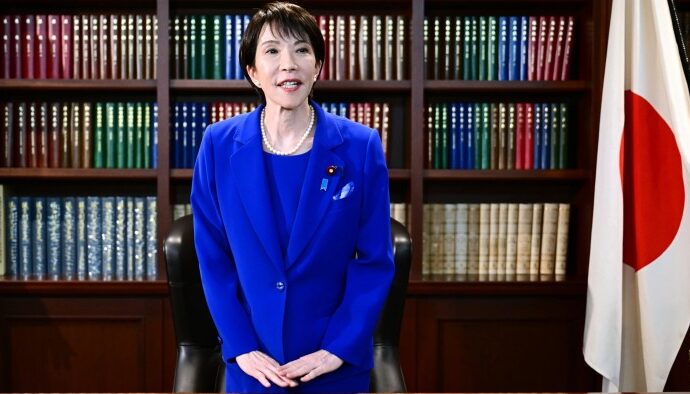
WASHINGTON — The United States shot down a Chinese spy balloon on Saturday that had spent the last week traversing the country, American officials said, an explosive end to a drama that put a diplomatic crisis between the world’s two great powers onto television screens in real time.
The balloon, which spent five days traveling in a diagonal southeast route from Idaho to the Carolinas, had moved off the coast by midday Saturday and was over the Atlantic Ocean. The Federal Aviation Administration had paused departures and arrivals at airports in Wilmington, N.C., and in Myrtle Beach and Charleston in South Carolina, which the agency said was meant to “support the Department of Defense in a national security effort.”
President Biden had hinted at the move earlier on Saturday. “We’re going to take care of it,” Mr. Biden told reporters in Syracuse, N.Y., where he was visiting family members after the death of his brother-in-law.
The president had been discussing military options with the Pentagon since Tuesday, when he was alerted by the Pentagon that a spy balloon had entered the continental American airspace near Idaho. By Wednesday, the balloon was hovering over Montana, and a full-blown diplomatic crisis was underway.
Military leaders advised then against shooting down the balloon, whose belly structure was roughly the size of three buses, because of the possibility of harm to civilians and infrastructure while it was over land. But the arrival — and extended stay — of the balloon over American territory prompted furious calls from senior U.S. officials to their Chinese counterparts, and the cancellation of Secretary of State Antony J. Blinken’s planned visit to China.
Better Understand the Relations Between China and the U.S.
The two nations are jockeying for influence on the global stage, maneuvering for advantages on land, in the economy and in cyberspace.
That trip would have been the first by a Biden Cabinet secretary to China.
The Chinese Foreign Ministry has said the balloon was a civilian machine that had entered U.S. airspace by accident, and maintained that it was a weather balloon that strayed far — very far — off course. But Mr. Blinken said the incident was a “clear violation of U.S. sovereignty and international law.”
U.S. officials conveyed to Chinese officials several times in recent days that the U.S. military might shoot down the spy balloon. Mr. Blinken told a Chinese diplomat in Washington on Wednesday evening that the American government had the right to take any actions to protect its interests, and he said the same thing on a phone call on Friday with Wang Yi, the top Chinese foreign policy official, a senior administration official said.
The Chinese spy balloon began its controlled drift into American territory on Jan. 28 when it entered Alaskan airspace near the Aleutian Islands for what at first appeared to trackers at United States Northern Command to be just another one of China’s light probes around the edges of America’s defensive borders.
It had happened before. Defense officials said that China has spy balloons orbiting around the world at 60,000 feet at any given time, and the balloons occasionally stray into American territory. Spy balloons from China and other adversaries are sometimes categorized by the Pentagon as unidentified aerial phenomena, the same category as U.F.O.s, the defense officials said.
But this balloon stayed. Although it exited American territory on Monday, officials said, carrying its solar panels for propulsion and its cameras and surveillance equipment, the next day it was back. It entered the continental United States over Idaho, to the surprise of officials at Northern Command as well as at the Pentagon.
Gen. Mark A. Milley, the chairman of the Joint Chiefs of Staff, alerted Mr. Biden. The president asked for military options.
By Wednesday, the balloon had made its way to the skies above Billings, Mont., which alarmed Pentagon officials because the state is home to the 341st Missile Wing at Malmstrom Air Force Base, one of three U.S. Air Force bases that operate and maintain intercontinental ballistic missiles. One Pentagon official described shock at what officials viewed as a blatant, and poorly concealed effort, at spying. A White House official called the move “audacious.”
Secretary of Defense Lloyd J. Austin III called a meeting on Wednesday of senior military and defense officials to review options, per Mr. Biden’s order. General Milley and Mr. Austin advised against shooting down the balloon while it was over land.
Zolan Kanno-Youngs contributed reporting from Syracuse, N.Y.


